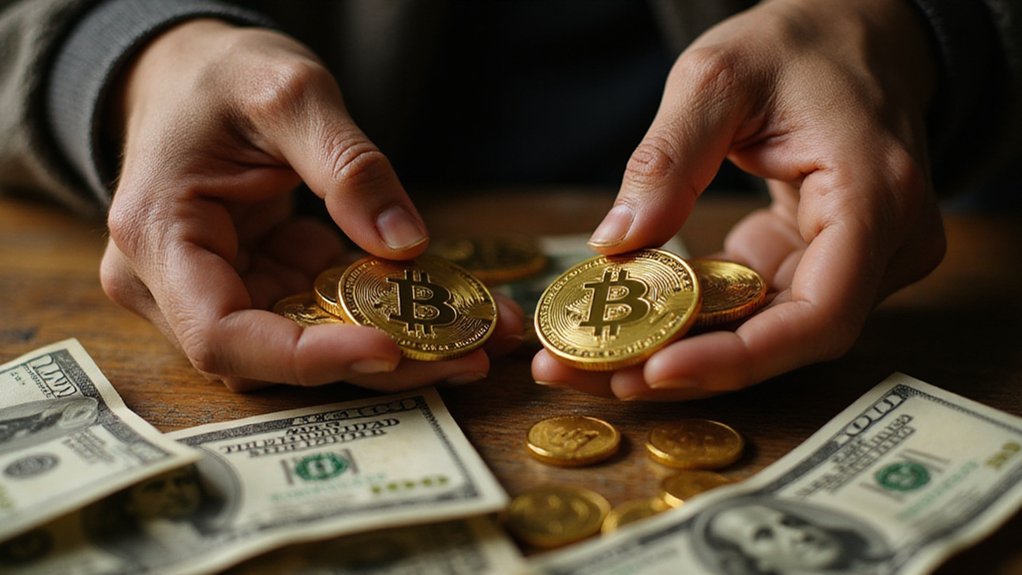While most presidents content themselves with reshaping healthcare or immigration policy, Donald Trump has decided to gamble America’s financial future on an asset class that didn’t exist when he first took office—and somehow managed to convince a significant portion of the electorate that this represents prudent governance.
His January 23, 2025 executive order supporting digital asset growth across sectors marked the opening gambit in what can only be described as the most audacious monetary experiment in American history.
The establishment of a Strategic Bitcoin Reserve through his March 6 executive order transforms approximately 207,000 BTC—worth roughly $17 billion—from criminal forfeitures into what the administration euphemistically terms “national security assets.”
This represents either visionary leadership or spectacular fiscal recklessness, depending largely on one’s tolerance for volatility in government balance sheets. The prohibition against selling these holdings effectively locks taxpayers into a cryptocurrency position that could theoretically evaporate overnight.
Trump’s approach stands in stark contrast to Biden’s cautious exploration of Central Bank Digital Currencies, which the new administration promptly terminated with prejudice.
Where Biden envisioned controlled digital monetary systems, Trump embraces the anarchic beauty of decentralized finance—a philosophical shift that would make Alexander Hamilton reach for his smelling salts. The administration now actively protects crypto companies’ access to banking services, reversing the previous regulatory hostility toward financial institutions serving the digital asset sector.
The revocation of Biden’s 2022 CBDC executive order signals a fundamental rejection of government-controlled digital currency in favor of market-driven alternatives. This shift coincides with the explosive growth of euro-pegged stablecoins, which have expanded at an unprecedented 115% annually, demonstrating the global appetite for cryptocurrency alternatives to traditional government-controlled monetary systems.
The creation of David Sacks’ Digital Asset Markets Working Group, comprising representatives from SEC, CFTC, Treasury, Commerce, and the Attorney General’s office, suggests an administration attempting to impose regulatory coherence on an inherently chaotic ecosystem. The administration has imposed a thirty-day deadline for agencies to account for all digital assets under their control, demonstrating an urgency that borders on the frantic.
Their mandate to overhaul existing crypto regulations while fostering “nationwide adoption” reveals the inherent tension between control and liberation that defines Trump’s crypto strategy.
The July 2025 GENIUS Act—a title that displays either supreme confidence or remarkable chutzpah—codifies stablecoin regulations while positioning America as a “global leader in the digital asset economy.”
Whether this legislative framework represents genuine innovation or elaborate theater remains to be seen, though Trump’s characterization of it as “pure GENIUS” suggests his assessment leans decidedly toward the former.









